
As a result, the number of severe cases also tends to increase. Notably, nearly 73% of dengue fever cases in the South are concentrated in the provinces and cities of the Southeast region - the hub of trade, tourism , industry and production in the region.
However, compared to the peak of the dengue epidemic in 2022, the number of cases is only half, and the increase in dengue is being restrained lower than forecast.
In Ho Chi Minh City, hospitals are continuously providing emergency care for critical cases of dengue fever. Since the beginning of the year, Children’s Hospital 1 has received more than 100 children with severe dengue fever, nearly double the number of children last year.
In particular, the most serious case was THBN (12 years old) who suffered cardiovascular collapse and respiratory failure and had to be transfused with more than 10 liters of blood to improve the situation.
At Children's Hospital 2, in less than a month, 19 severe dengue cases have been admitted, while in the same period last year there were only 2 severe cases. In the whole of Ho Chi Minh City, last week there were 507 dengue cases recorded, an increase of 50.9% compared to the average of the previous 4 weeks.
To date, the total number of dengue fever cases in the city this year is 9,571. Districts with high number of cases per 100,000 people include Can Gio, Cu Chi and Nha Be districts.
In response to the above developments, Associate Professor, Doctor, Doctor Pham Van Quang, Head of the Department of Intensive Care and Anti-Poisoning, Children's Hospital 1, predicted that the dengue fever situation would increase this year. Hospitals have prepared resources to respond, and organized retraining courses on diagnosis and treatment of dengue fever for medical staff in Ho Chi Minh City as well as the southern provinces.
Source: https://www.sggp.org.vn/cac-tinh-thanh-phia-nam-so-ca-sot-xuat-huyet-nang-gia-tang-post801106.html




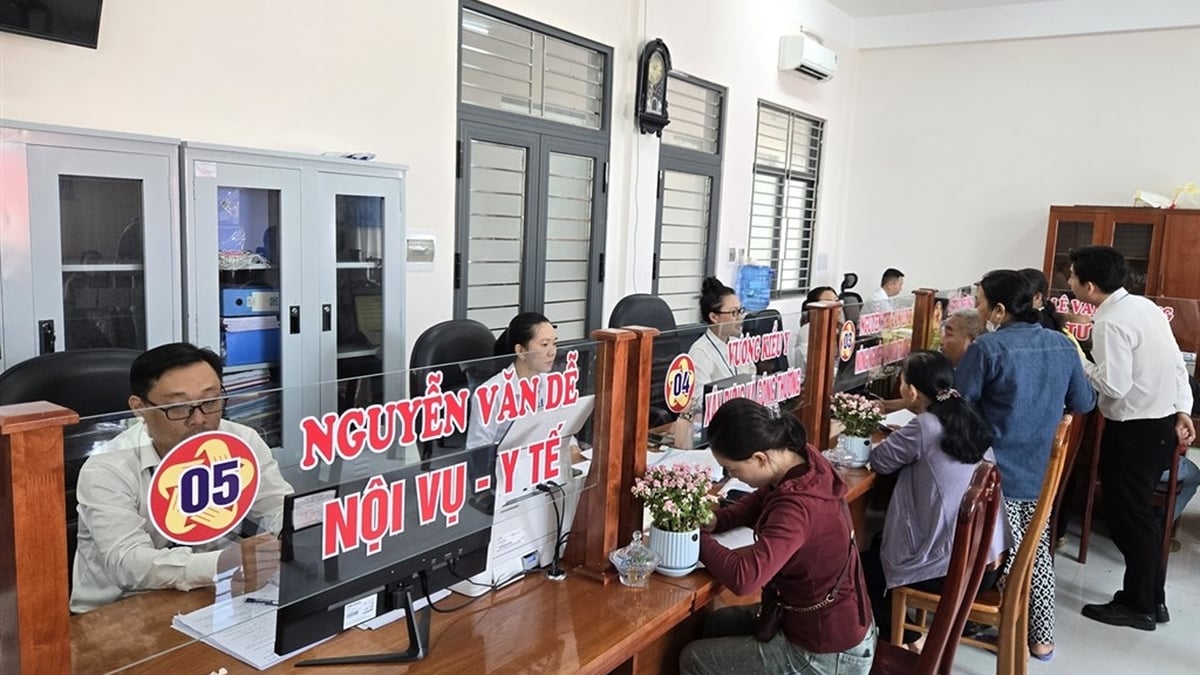





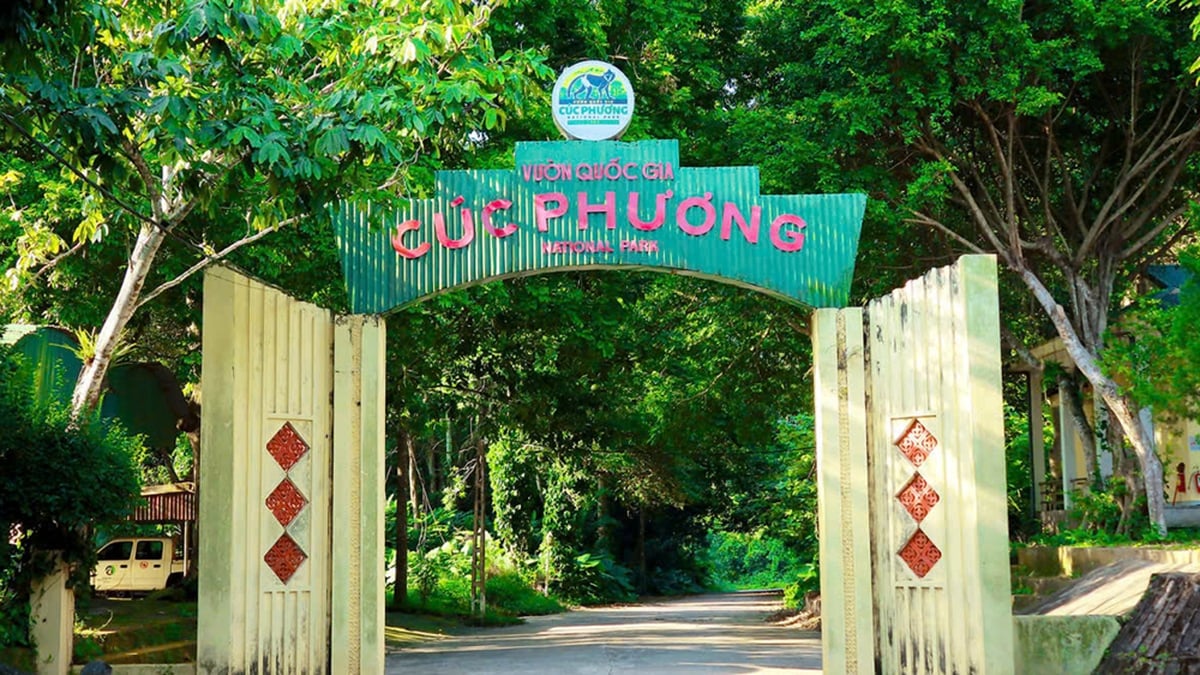
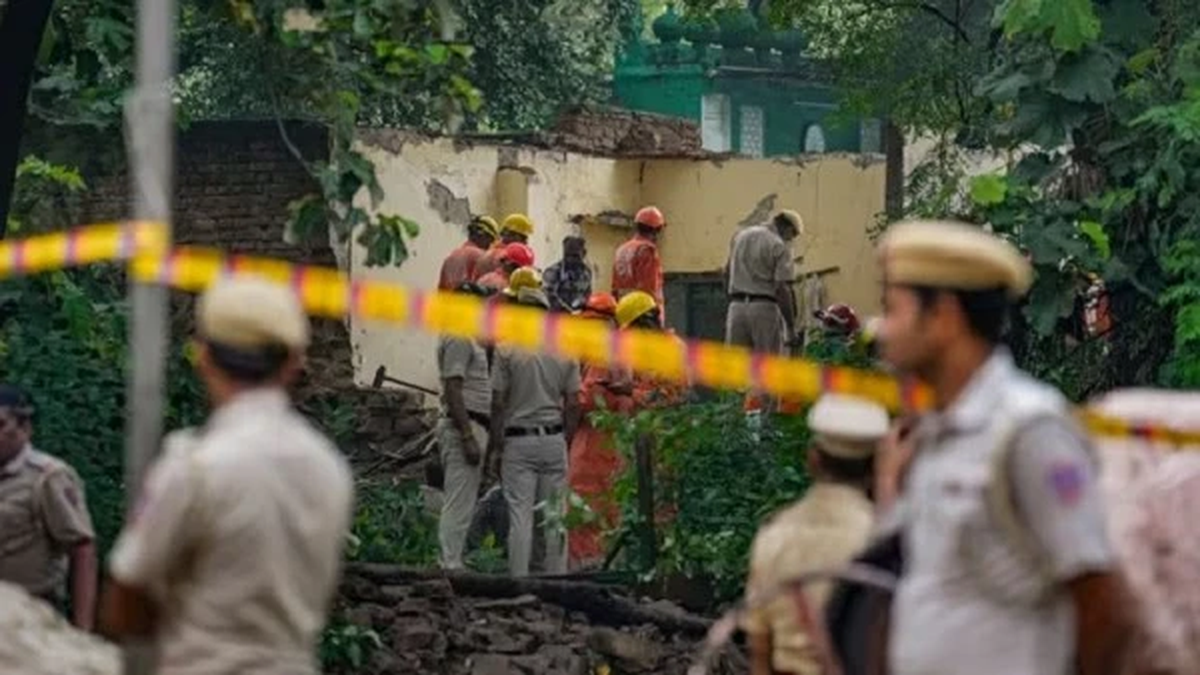










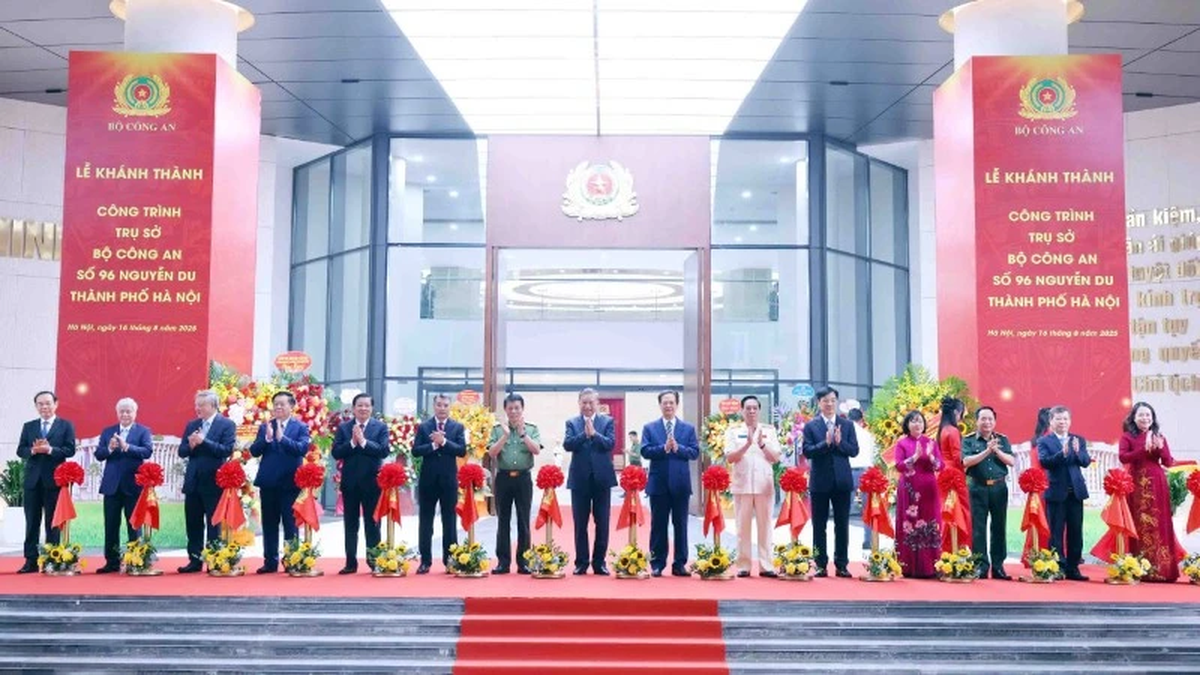
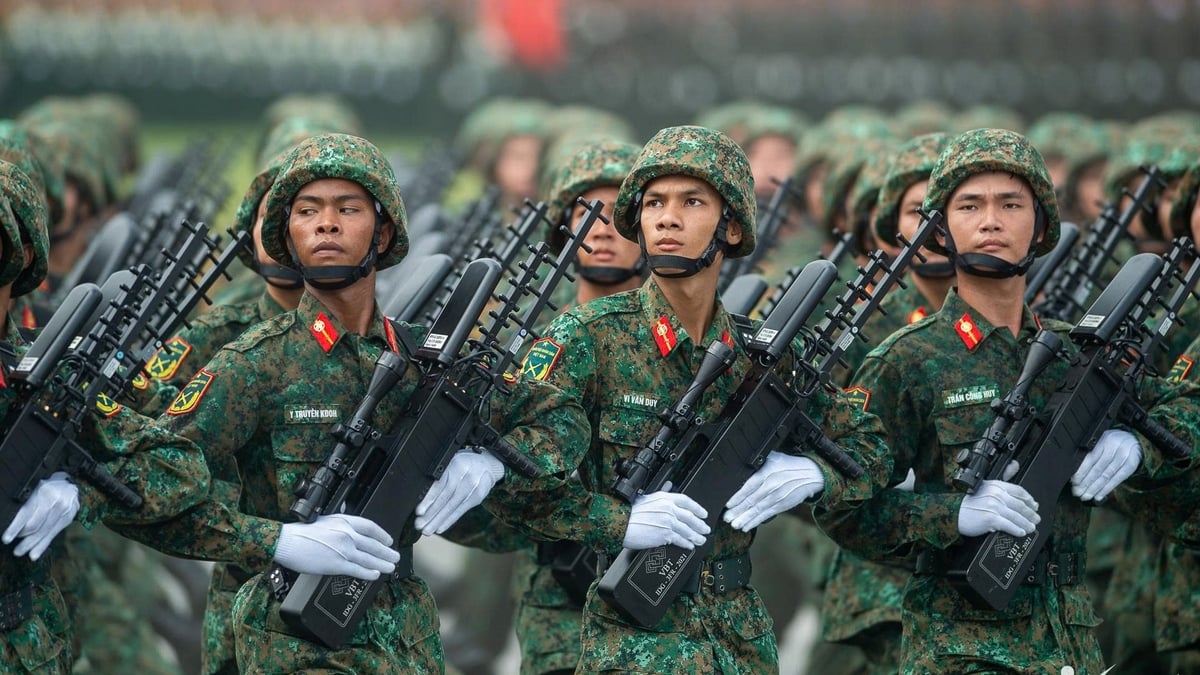


![[Photo] National Assembly Chairman Tran Thanh Man attends the program "Returning to the source - Towards the future"](https://vphoto.vietnam.vn/thumb/1200x675/vietnam/resource/IMAGE/2025/8/16/d081d9c162ee4ed9919e723aa322a53a)



![[Photo] General Secretary attends the inauguration ceremony of the Ministry of Public Security Headquarters](https://vphoto.vietnam.vn/thumb/1200x675/vietnam/resource/IMAGE/2025/8/16/3ceec3a24ef945c18ae2b523563b749d)
![[Photo] “Moving forward with Vietnam” on the most romantic road in Vietnam](https://vphoto.vietnam.vn/thumb/1200x675/vietnam/resource/IMAGE/2025/8/16/0ee500bc59fd4468863261ee26f47fe7)


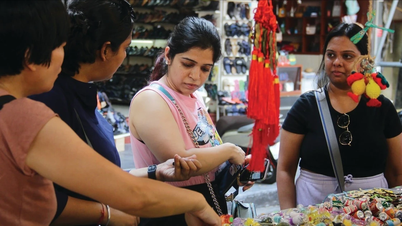



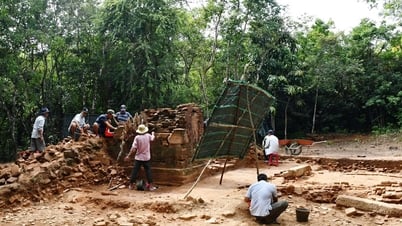











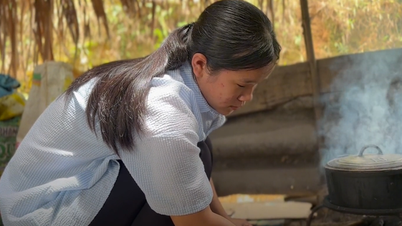














































Comment (0)